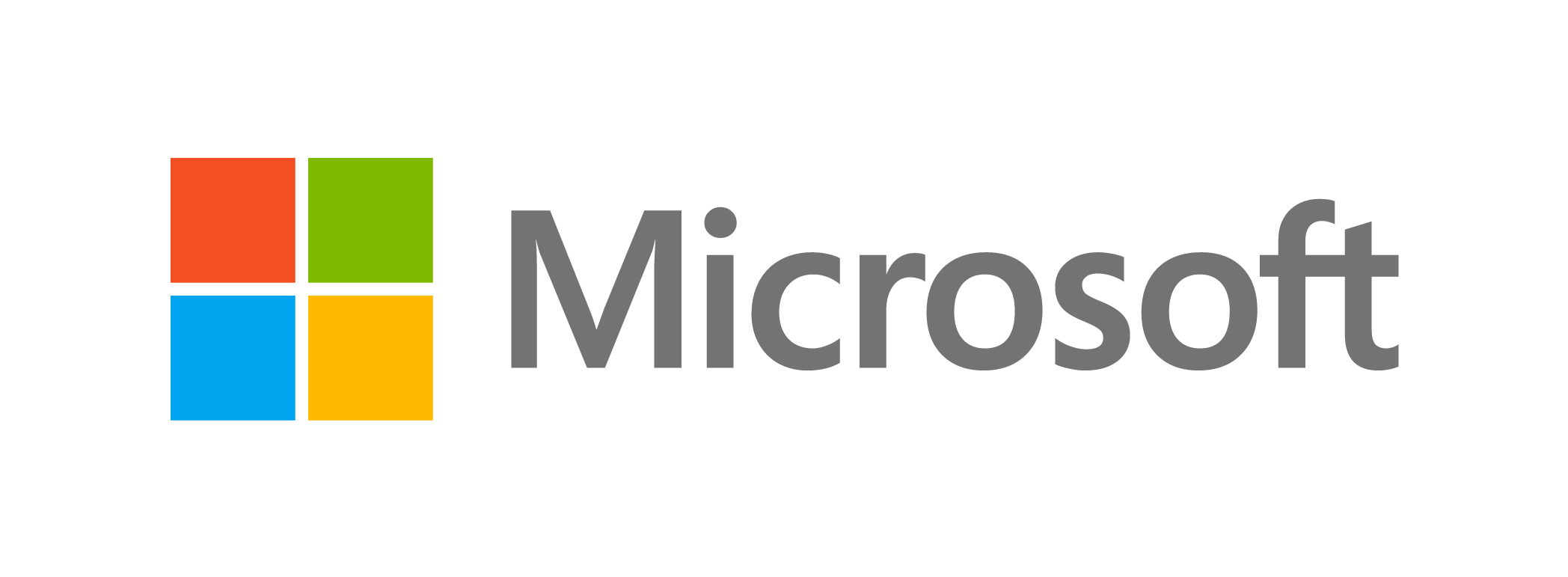Nonprofits Utilize the Power of Storytelling
Nonprofits Utilize the Power of Storytelling
REDMOND, Wash. — June 28, 2012 —The benefits of storytelling and the need for nonprofits to communicate their impact to various audiences has been a focus of late among nonprofit organizations and corporate social responsibility groups. It has been a hot topic at recent social innovation industry events such as Nonprofit Technology Network, the Cause Marketing Forum and the Social Innovation Summit.
To meet that need, Microsoft is making the Microsoft Local Impact Map available to nonprofits to help them share their stories in a compelling way on their websites. Originally developed to help showcase the impact of Microsoft Citizenship programs in more than 100 countries around the world, the map application is now being offered at no cost for licensing and a $15 monthly fee to host the map online via the Windows Azure platform. The Bing Maps-based user interface allows people to explore impact stories by category or by zooming in on a continent, country or region. The program includes a content management system that makes it easy for nonprofits to publish and manage their stories.
TechSoup Global, a nonprofit that helps similar organizations around the globe acquire and use technology so they can succeed in their missions, is an early adopter of the Microsoft Local Impact Map. The map has allowed the organization to collect all its stories into a single, visual repository that anyone with Web access can view.
The map illustrates the multiple ways TechSoup Global helps nonprofits and communities around the world. In the past six months of using the map, TechSoup Global has seen a number of benefits, and has developed best practices in creating stories that are meaningful for the organizations it serves. For example, when an organization benefits from a technology in a certain way, TechSoup Global writes the story and provides the necessary details so that other organizations can copy that success.
“Before implementing the Local Impact Map, we had case studies in many different formats scattered all across the organization,” says Marnie Webb, co-CEO of TechSoup. “The Local Impact Map gave us the ability to put all these case studies into one place. Some of the features on it, like Snapshot, allow us to create a customized trail for those stories with a single link. For example, if I want to show one of our corporate partners how their technology donations made a difference in the lives of certain organizations, I can choose six stories I think they’ll be most interested in, and get a single link to share with them. It’s a very robust tool.”
The map has allowed the early adopters to create a coherent narrative about their organizations and the impact they make, and as a result of this greater visibility, their corporate and nonprofit partners can become involved in programs they were previously unaware of, allowing them to broaden their impact.
Aidmatrix, another early adopter, is a nonprofit that provides supply-chain management technologies and consulting to humanitarian organizations to help them provide disaster relief. It is successfully using the Microsoft Local Impact Map to connect donors with relief organizations.
“The ultimate goal for the map,” says Julie Ross, director of Marketing at Aidmatrix, “is to expose critical needs during a disaster so the public can be more informed and empowered in their giving, and in turn, provide more donation and volunteer opportunities to those relief organizations on the ground.”
Microsoft is also making the Local Impact Map available to for-profit organizations that want to showcase the impact of their corporate social responsibility programs.
UnitedHealth Group is a healthcare company that puts a lot of attention on making a positive impact in the community. It has found the Local Impact Map valuable in encouraging participation in its many volunteer efforts and celebrating the difference those volunteers make.
“This map fits extremely well into our culture of innovation,” says Kate Rubin, vice president of Social Responsibility at UnitedHealth Group. “Employees are enthusiastic about posting and seeing their local stories. The visual experience is very inspiring.”
Organizations can learn more about the Microsoft Local Impact Map and how to subscribe at the Windows Azure Marketplace or at the Microsoft Citizenship blog.

